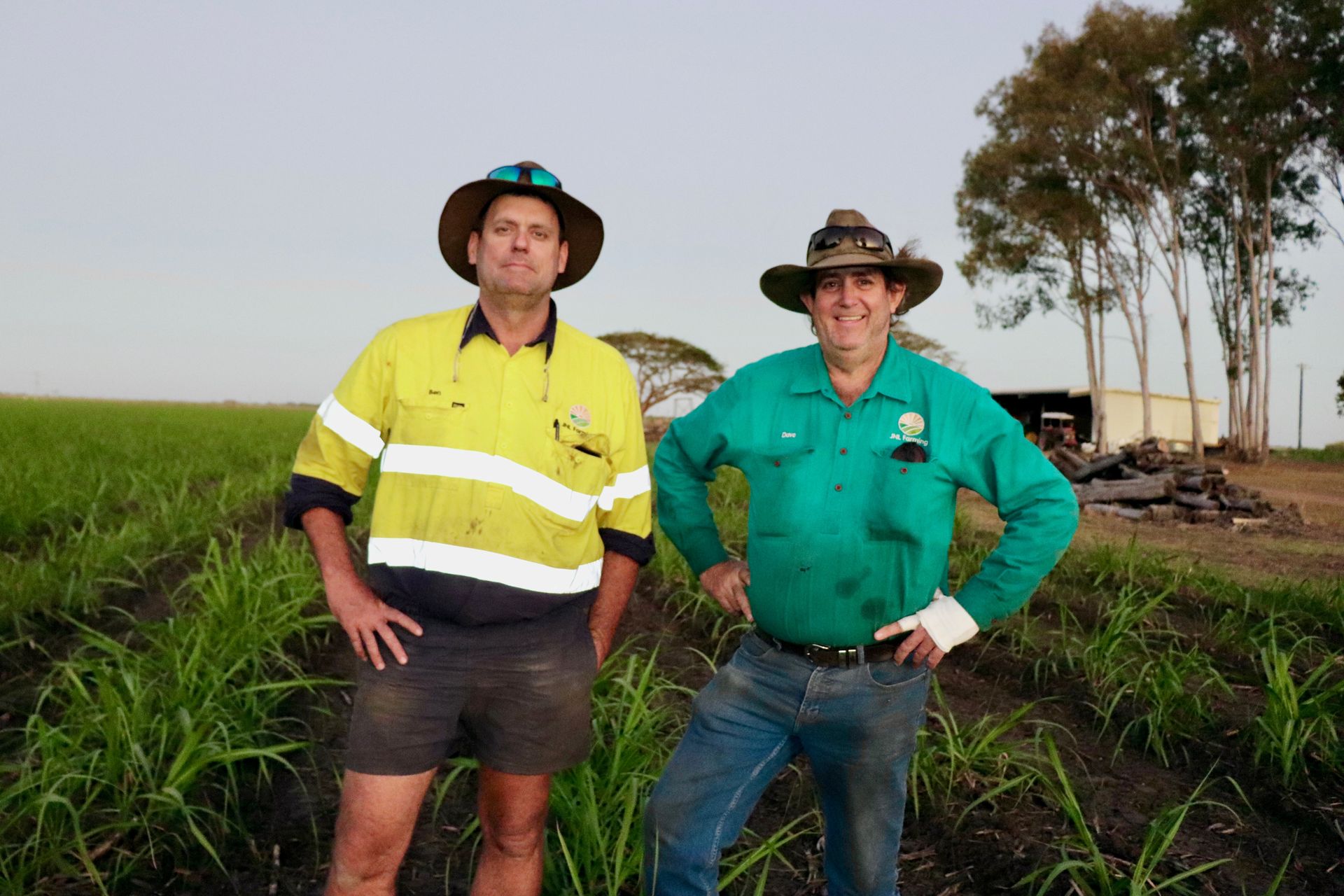1MG FlippingBooks
Innovation in agricultural chemicals
Today we focus on innovation in agricultural chemicals, and what the agricultural industry can learn from outside thinking and the R&D and scientific work done in other industries. One such innovation common in other industries which is currently in the formative stages of being applied to agriculture is inorganic chemistry.
As opposed to organic chemistry, which creates molecules containing carbon compounds and forms the basis of the majority of agricultural chemicals, inorganic chemistry creates molecules that do not contain carbon compounds (containing instead silicon or other metallic compounds). Inorganic chemical products have much higher boiling and melting points, and – unlike organic chemical products – are largely not soluble.
In terms of suitability for agricultural purposes, inorganic chemical products have the potential to change the way we farm in many ways. Unlike the standard soluble solutions that are the result of organic chemistry, inorganic chemical products do not need to dissolve to do their job and can thus attach to the soil rather than move with the flow of water and get flushed out.
Applied correctly, inorganic chemical products can improve soil drainage, assist with soil amelioration and help pesticides and herbicides penetrate to a plant more effectively. They can also have health and safety benefits for those using them.
“The very powerful wetting ability of inorganic chemistry will find greater and greater applications in agriculture as existing toxins being used in the agricultural market – many already banned in Europe and parts of the USA – are phased out,” says John Saad, Managing Director of chemical company CHT Australia. “There will be a transition from the organic chemistry to the inorganic chemistry because it is inherently safer for the environment.”
CHT Australia is one such company working in the inorganic chemistry space, currently challenging pre-existing thinking in agriculture. The Australian arm of a German parent company, CHT is relatively new to the agricultural space but has a long history of involvement in industrial chemical solutions.
“We’ve been involved in the textile industry for 50 years, and our strength is controlling the movement of moisture through fabric and other membranes,” says John. “We took the same approach and applied it to the soil market.”
Using inorganic chemistry, the company is developing a wetting agent that can increase the water storage capacity of soil and thus improve plant root structure and lessen water usage. It’s an Australian innovation, applying global chemistry to solve a uniquely Australian problem.
“Everybody in agriculture is trying to achieve the same thing in terms of improving yield, but from different perspectives,” says John. “Our difference is we are not agronomists or soil scientists, we are application chemists. And what we’ve established through inorganic chemistry is a better mechanism to achieve the changes farmers are looking for when they apply vast tonnes of gypsum and organic material.”
While it is early days for inorganic chemical products in the Australian agricultural market, it remains to be seen if general market conservatism and a lack of scientific knowledge prove to be obstacles. Regardless, inorganic chemistry has the ability to change the way we treat crops and manage our soils and the next few years will undoubtedly uncover many new and exciting inorganic agricultural chemical products.















